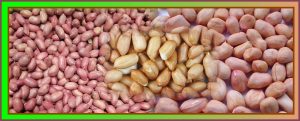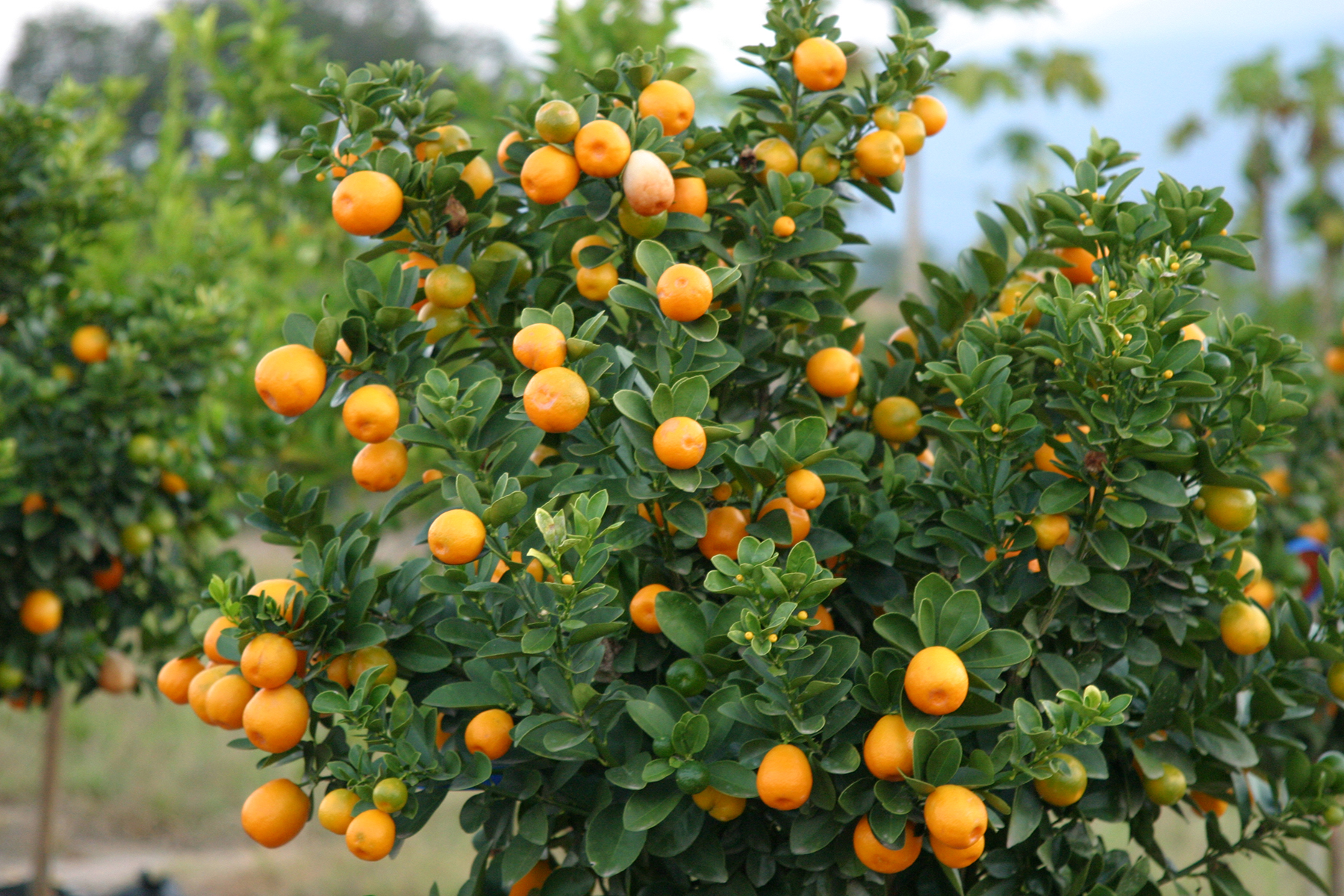Groundnut (Peanut) Farming: Cultivation, Uses, and Benefits
Groundnut, commonly known as peanut, is a widely grown legume valued for its nutritional, economic, and agricultural importance. Scientifically named Arachis hypogaea, groundnuts are also referred to by other names such as goober, monkey nut, and pindar. For the sake of consistency, we will refer to it as groundnut throughout this article.
This guide explores everything you need to know about groundnut farming—from selecting the right variety and preparing your land, to harvesting and understanding its many uses and benefits.
Common Varieties of Groundnut

Groundnuts come in different varieties, developed to suit specific soils and climates. Selecting the right type is key to achieving a high yield. Some popular varieties include:
-
Red Beauty (Red Seeded)
-
Kersting Groundnut
-
Acholi White
-
Virginia Type
-
Roxo 531 (Red Seed)
-
Valencia Type
-
Española
-
Serere Red
-
Mwituude
-
Igola-1 (Semi-Spreading Variety)
-
Amasoga
-
Malgache Groundnut
-
Makulu Red
-
Bukene
-
Long Manyema Type
-
Tatu
-
Serenut 1–14
As research continues, new improved varieties are being developed to thrive in different regions and withstand various agricultural challenges.
Key Steps in Groundnut Cultivation
![]()
1. Understand Your Soil
Groundnuts thrive in well-drained soils such as sandy loam or sandy clay loam. Avoid heavy clay soils and waterlogged conditions, as these hinder root development and pod formation. Conduct a soil test to identify its composition and suitability.
2. Choose the Right Seed
Select seeds that are well-suited to your region’s climate and soil type. Make sure seeds are disease-free, mature, and properly stored. For better results, consult an agricultural extension officer or a crop specialist.
3. Seed Treatment
Treat seeds with fungicides such as Thiram or Captan to prevent fungal infections. Always follow recommended dosage guidelines for effective results. Crop rotation is also encouraged to minimize disease buildup. Groundnuts grow best when rotated with crops like maize or sorghum and should not follow crops like cotton or tobacco.
4. Land Preparation and Planting
Prepare your land by ploughing and leveling. Plant in rows to ensure proper spacing and ease of management. Recommended planting depth is 5–6 cm, and seeds should be firmly covered to encourage uniform germination. Avoid planting during heavy rains to prevent seed rot.
5. Monitor Moisture and Pest Control
Maintain optimal soil moisture, especially during flowering and pod development stages. Implement pest and disease management practices as needed. Regular weeding also contributes to better yield.
Harvesting Groundnut

Harvesting should be done when most of the plants have matured and begun drying. Avoid harvesting during flowering, as it may reduce yield. Common harvesting methods include hand-pulling (for sandy soils) or using a hoe or fork (for tougher soils). Take care to avoid pod damage, as broken pods are susceptible to fungal infections like aflatoxins. After harvesting, dry the pods thoroughly under sunlight before storage.
Uses of Groundnuts

Groundnuts are versatile and used in various forms both at home and in industry:
-
Eaten raw or roasted
-
Processed into peanut butter
-
Used in cooking and food recipes
-
Extracted for cooking oil
-
Used in livestock feed
-
Grown for income generation
-
Considered a staple food in some regions
Health Benefits of Groundnuts
Groundnuts are not only tasty but also packed with numerous health benefits:
1. Promotes Longevity
Studies show that regular nut consumption may lead to a longer life due to reduced risk of chronic diseases.
2. Supports Heart Health
Groundnuts help lower cholesterol levels and support cardiovascular function.
3. Cancer Prevention
They contain antioxidants like resveratrol and isoflavones, which have cancer-fighting properties—especially against colorectal cancer.
4. Weight Management
High in protein and fiber, groundnuts provide a feeling of fullness, helping with appetite control and weight management.
5. Regulates Blood Sugar
The fiber content aids in stabilizing blood sugar levels, reducing the risk of diabetes-related complications.
6. Prevents Gallstones
Regular intake of low-calorie nuts like groundnuts may reduce the risk of gallstone formation.
7. Rich in Copper
Groundnuts are a good source of copper, which plays a vital role in preventing cardiovascular diseases.
Agricultural Benefit: Groundnuts Improve Soil Fertility
Groundnuts, being legumes, have the natural ability to fix atmospheric nitrogen into the soil. This process enriches soil fertility and reduces the need for synthetic fertilizers, making them a great choice in crop rotation systems.
Final Thoughts
Groundnut farming is a rewarding agricultural venture that offers multiple benefits—nutritional, economic, and environmental. Whether you’re a smallholder farmer or commercial producer, adopting the right practices can lead to successful cultivation and a good return on investment.
Thank you for reading! If you found this article helpful, feel free to share it and leave a comment below. Let us know your experience with groundnut farming or if you have any questions—we’d love to hear from you!





